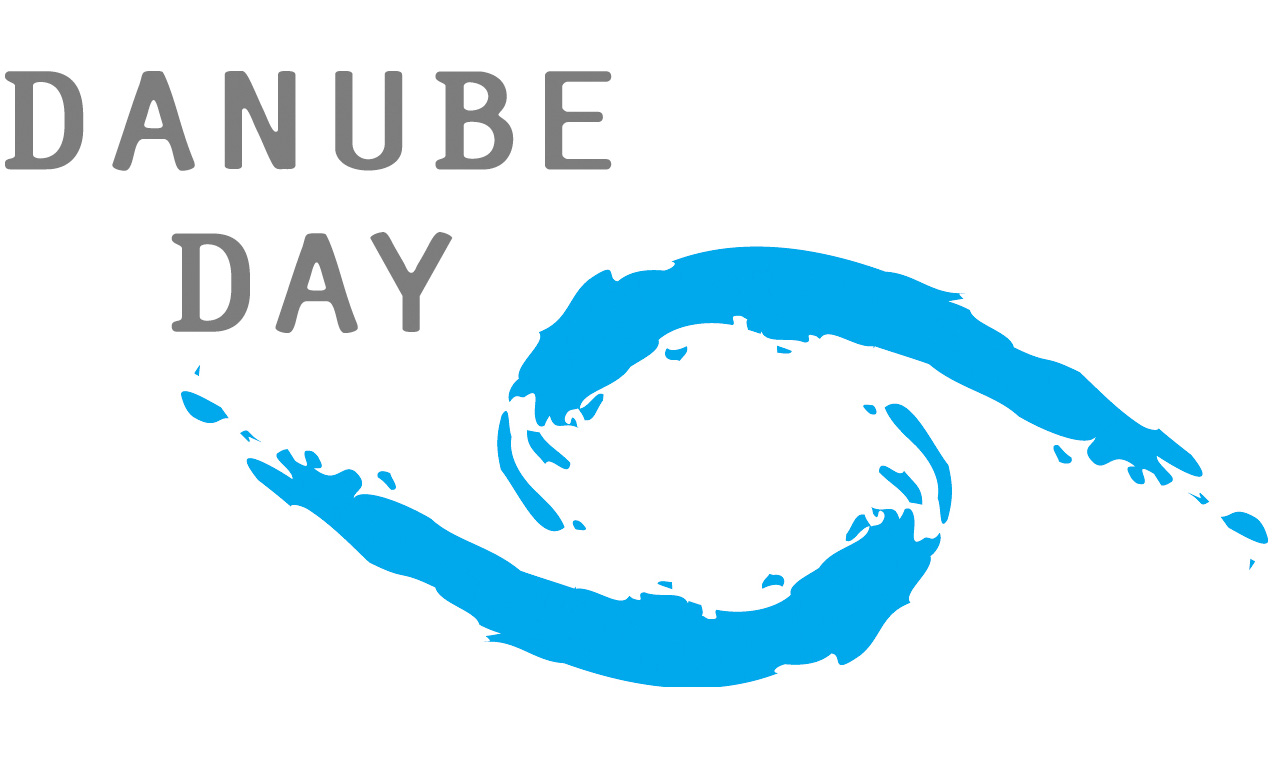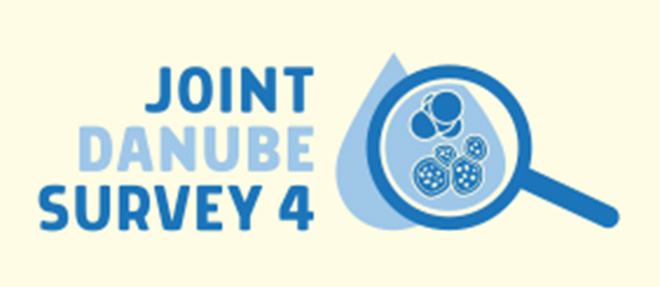Danube Watch 1/2019 - Fifty Organisations, Ten Countries, Two Wheels, One River Ecosystem

What better way to experience the natural beauty that the Danube has to offer than by bicycle?
Hoping to highlight the Danube's many national parks, protected areas, and their years of dedicated work, DANUBEPARKS has organised “Cycling the Danube”, a Danube-wide bicycle tour from April to June 2019.
C overing 17 protected areas, 120 DANUBEPARKS conservation areas, spanning 10 countries and 3,000 kilometres, the cycle tour will truly show off the fruits of concerted, dedicated, and multilateral conservation efforts: a wonderful natural river area for all to enjoy, including the many species that call the river home. For the conservationist participants, their journey will also culminate in a more thorough understanding of the Danube River Basin as an interconnected ecosystem, the protection of which requires equally interconnected efforts from the various government and nongovernment stakeholders across the region.
At the Annual General Assembly on 11 December in Vienna, Carl Manzano, outgoing Director of the Donau-Auen National Park, also bid farewell as President of DANUBEPARKS. His successor is Vlatko Rožac from the Croatian nature park Kopački rit.
To help facilitate this understanding and future steps forward, the participants will meet with over 50 partner organisations and receive presentations on more than 120 pilot projects concerned with the well-being of the Danube River Basin. What better way to exhibit recent and proposed projects that affect the Danube and the surrounding nature than to a captive audience spending their days cycling through the very same habitats?

One highlight was the tour organised between Vienna and Orth downriver on 25 April 2019 which offered plenty of experience, information, and discussion. DANUBEPARKS General Secretary Georg Frank underlined this in his opening statements for the day: “This leg (of the cycle tour) between Vienna and the Schloss Orth National Park Centre allows what important functions this protected area fulfils for a large city to be wonderfully experienced.” Indeed, by highlighting the benefits that a large city, like Vienna, gains from having protected natural areas within such a close proximity, people can better see that the natural world and its ecosystems don't end at the city-limits and they themselves don't need to travel out into the wilderness or the countryside to enjoy nature.
How to further stitch together the many rural and urban protected areas along the Danube is a question best addressed through collaborative efforts and ideas-sharing. The exchange of ideas and information at the Schloss Orth National Park Centre at the end of the day's cycling was made possible through the participation of experts from 11 EU-funded projects. Among these projects were LIFE Sterlet and MEASURES, both seeking to better understand the current situation of and to better protect the Danube River Basin's remaining sturgeon populations in cooperation with the ICPDR.
The key element stressed by these experts was the possibility for further and continued cooperation among the wide array of stakeholders within the Danube region, a goal being well served on this particular day and well reflected in the projects presented. Ivan Zavadsky, Executive Secretary of the ICPDR, happily observed during his welcoming statements in Vienna that “the initiative of DANUBEPARKS across all borders brings many people and interest groups together.” An important driver of ICPDR work is the active involvement of the public and civil society in all activities throughout the Danube River Basin. A project such as DANUBEPARKS which successfully engages the public is truly inspiring and complements the work of the ICPDR very well. The Danube Protected Areas are an excellent catalyst for getting the public fascinated in our shared natural heritage on the Danube, and projects of this kind deserve our constant and unreserved support.








